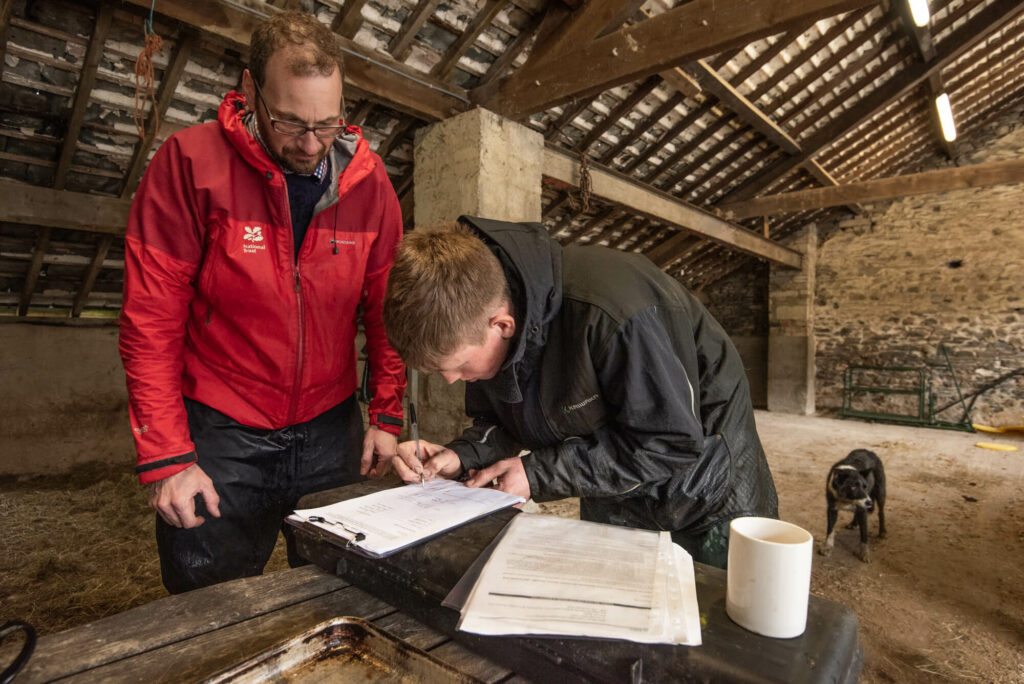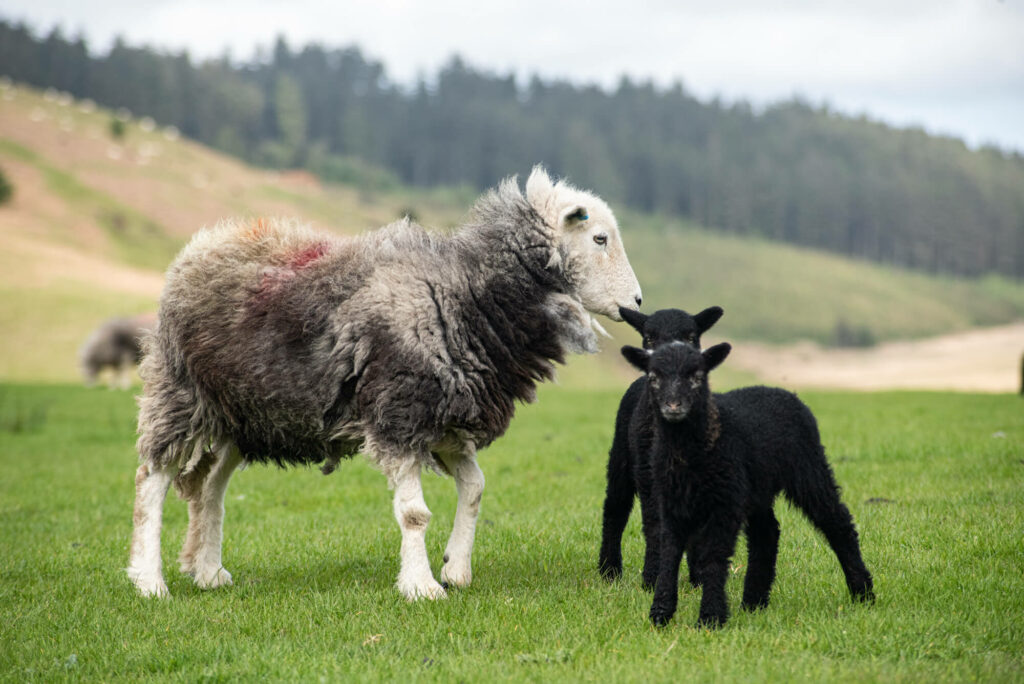How to use this tool
Input your figures for your last calf crop into the boxes below.
Tip! Don’t worry if you don’t have exact figures – guess to get a ballpark figure. If you have scales, use them to benchmark weights (and condition) at key stages of the year.
How does your herd compare?
Performance benchmarks
| All herd types | |
| <30% | Low |
| 31-40% | Moderate |
| 41-50% | Good |
| >50% | Excellent |
a – Weaning weight is based on the average calf weight 200 days after the planned start of calving. Where weaning earlier, use the average calf weight at that point. Where weaning later, adjust back to 200 days by reducing average calf weight by 1kg per day for the extra days.
b – at weaning time spring calving cows should be in good condition and at their heaviest. Most farmers underestimate the size of their cows so weigh a sample to get a true figure.
Checklist for raising cow efficiency
| A low calving percentage | Are cows on a rising plane of nutrition from calving through mating? |
| Are empty cows getting another chance? | |
| Has bull fertility been checked? | |
| Is there a herd health issue like BVD, IBR, Johnes or other diseases? | |
| Are calves easily born? | |
| Are health challenges killing calves? | |
| Are heifer replacements well grown? | |
| An extended calving pattern | Did over 80% calve in the first six weeks (two cycles)? |
| Was there a high number of difficult calvings the year before? | |
| Was there a bull problem? | |
| Do you take the bulls out after nine weeks? | |
| Was last year’s calving spread out? | |
| Low calf growth rate | Did cows milk well? |
| From 12-weeks-old are calves getting plentiful quality pasture? | |
| Is there a worm, mineral or trace element challenge? | |
| How good is the sire’s growth genetics? | |
| Big cows | Do you know your average cow weight? |
| Have you got the right breed? |
The National Animal Disease Information Service has information sheets and webinars about all livestock diseases.
Finally, a word of caution. Calf growth rates, for instance, can be boosted by feeding high rates of expensive creep. So, while generally a higher cow efficiency is consistent with better profitability, any actions need to be fully budgeted.
The technical efficiency of a suckler herd may also be justifiably compromised where the primary role of the herd is to deliver environmental benefits like habitat or biodiversity management. In such instances, economic compensation is normally available based on income forgone or costs incurred.
Find out more

BPS Calculator
Step one: How will the phasing out of BPS affect my current business?
Find out more
Find out more

Developing a plan to mitigate the loss of BPS
Step three: How to decide upon the best option available to you to offset the loss of BPS?
Find out more
Find out more
